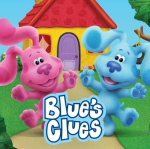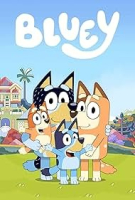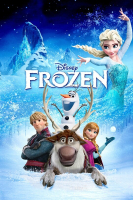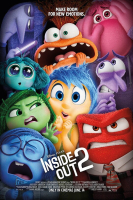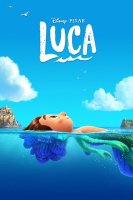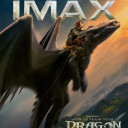Toy Story
The moment I hit play on Toy Story, I was transported back to a world that not only shaped my childhood but continues to influence pop culture today. As someone who spent countless afternoons imagining their toys coming to life, this film has always held a special place in my heart.
Stepping Into A Revolutionary Creation
The release of Toy Story in 1995 was a watershed moment in animation history. This wasn’t just another animated film; it was the first full-length feature to be created entirely with computer-generated imagery (CGI). Back then, such an undertaking seemed almost as fantastical as the film’s premise. Directed by John Lasseter, this Pixar-produced masterpiece introduced us to a world where toys had lives of their own, springing into action as soon as their human owners looked away.
From the moment Woody, voiced with undeniable charm by Tom Hanks, entered the screen, I was captivated. The film didn’t just present vibrant visuals; it offered a storyline that was equally compelling, weaving together themes of friendship, jealousy, and self-discovery.
History: The Roots of Innovation
Before Toy Story, the very idea of a feature-length CGI film was an uncharted territory. Pixar, under the leadership of the visionary Steve Jobs and Lasseter’s creative genius, embarked on this ambitious project that took years to come to fruition. The film’s success can be attributed not only to cutting-edge technology but also to its narrative depth.
Again and again, when I revisit the film, I am reminded of the seamless blend of pioneering technology and spirited storytelling. It's a movie that didn’t just entertain—it transformed an industry. It embodied the spirit of the 90s, an era marked by rapid technological advancement and a growing appetite for innovative storytelling.
The Plot: A Tale of Friendship and Rivalry
At its core, Toy Story is about Woody, the confident cowboy who has always been the favorite toy of his owner, Andy. His world is turned upside down with the arrival of Buzz Lightyear, a space ranger with modern gadgets and an adventurous spirit.
This shift creates a poignant exploration of identity, insecurity, and friendship. Even now, Woody’s struggle with jealousy and eventual acceptance of Buzz as a friend resonates deeply. It’s more than a simple narrative; it’s a reflection of human emotions and growth.
Characters: More Than Just Toys
What gives Toy Story its lasting appeal is its richly developed characters. Woody and Buzz are not mere caricatures; they are layered beings with motivations and arcs that evolve throughout the film. Woody is the dependable leader who learns humility, while Buzz’s transformation from self-important space ranger to loyal friend is both humorous and heartwarming.
However, it's not just about these two. Supporting characters like Mr. Potato Head, Slinky Dog, and Rex add humor and depth, each showcasing different aspects of toy life. Their presence reminds me of the colorful array of friends we all have, each contributing uniquely to our lives.
Visuals: A Feast for the Eyes
In terms of visual appeal, Toy Story stands the test of time. The film’s animators overcame numerous challenges to create a world that was not only believable but incredibly detailed. From the sheen of Buzz’s spacesuit to the texture of Woody’s cowboy hat, every element is meticulously crafted.
The scenes are dynamic, especially the thrilling escape sequences and the quiet moments that highlight the intricacies of toy life. There’s a scene where Buzz Lightyear attempts flight that is nothing short of a visual marvel. Watching it even after all these years, I continue to marvel at how technology can create art.
The Humor: Laughter Across Generations
What is a children’s movie without its humor? Toy Story delivers comedy that appeals to all ages. The film is a masterclass in delivering laughs without resorting to crude jokes, offering something for everyone.
While the physical comedy is a hit with younger audiences, clever quips and subtle in-jokes ensure that adults stay entertained. The humor is interwoven seamlessly with the narrative, proving that comedy doesn’t have to interrupt the story—it can enhance it.
The Music: An Undercurrent of Emotion
The soundtrack by Randy Newman is nothing short of iconic. Songs like "You've Got a Friend in Me" complement the narrative beautifully, offering a musical reflection of the film’s themes of friendship and loyalty. The music doesn’t just accompany the story; it becomes a character in its own right.
It's difficult not to find myself humming along, the music engaging my emotions and enhancing the visual feast before me. Newman’s work is understated yet powerful, an accompaniment that elevates Toy Story from a simple animated feature to a heartwarming tapestry of sound and emotion.
Impressions: Reliving the Magic
Revisiting Toy Story as an adult has allowed me to appreciate its nuanced storytelling and cutting-edge animation. The film offers more than nostalgia; it reminds me of the innocence of childhood, a time when imagination was boundless, and toys could indeed come to life.
What strikes me most is the film’s ability to evoke a sense of wonder. It makes me ponder the unseen worlds around us and appreciate the stories objects in our lives might tell if they could speak. In its every frame, there is a sense of magic—a reminder of the joy of discovery and the power of innovation.
The Cultural Impact: Beyond the Screen
Toy Story didn’t just revolutionize animation; it changed how stories are told in film. It set the stage for numerous sequels and spin-offs, becoming a cultural touchstone for generations of audiences.
From merchandise to theme park attractions, the film’s influence extends beyond cinema. It taught studios the value of investing in stories with heart, encouraging the creation of animated films that aren’t merely visual spectacles but also rich, emotional experiences.
The Themes: Timeless and Universal
Beyond its technological marvels, Toy Story offers timeless themes that resonate with viewers of all ages. On the surface, it’s a tale of toys, but dig deeper and it presents lessons on adaptation, acceptance, and the resilience of friendship.
Whether it’s the courage to embrace change or the challenge of overcoming prejudice and pride, the film's themes are universal. They encourage reflection, making the movie not just a source of entertainment but a medium for introspection and growth.
A Personal Connection: Toys and Memories
For me, Toy Story is deeply personal. It reminds me of my own childhood, a time when my room was a universe unto itself and my toys were trusted companions on grand adventures. Watching the film, I’m compelled to reconnect with those cherished memories and appreciate the imaginative world of youth.
Each character and scene serves as a portal to the past, offering a respite from the complexities of adult life. It’s a reminder that our imaginations remain powerful, capable of bringing joy and clarity even in the most challenging times.
The Legacy: A New Era in Animation
The legacy of Toy Story is immeasurable. It marked the beginning of a new era in animation, establishing Pixar as a powerhouse of creativity and innovation. Its story-driven approach reshaped audience expectations and inspired countless animators to push the boundaries of their craft.
What continues to resonate is its dedication to quality—both in storytelling and technical proficiency. It’s a film that has aged gracefully, demonstrating that quality content transcends the limitations of time and technology.
Conclusion: Timeless Wonder
Reflecting on Toy Story, I find it hard to measure the film’s impact both personally and universally. It’s more than an animated movie; it’s a landmark achievement that unites generations through its universal themes and groundbreaking artistry.
As I finish my viewing, the characters linger in my mind—their stories a testament to the power of friendship and the endless possibilities of imagination. Toy Story is, in every sense, a timeless wonder, one that invites us to see the extraordinary in our everyday lives.
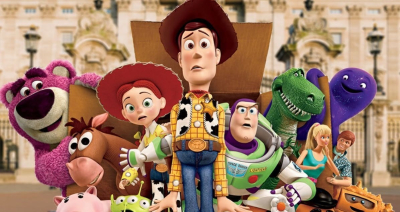
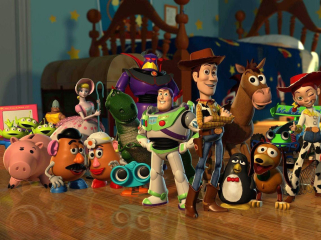
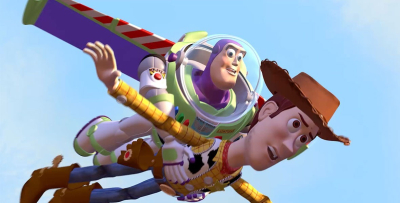

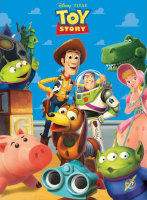
 How to watch
How to watch 






